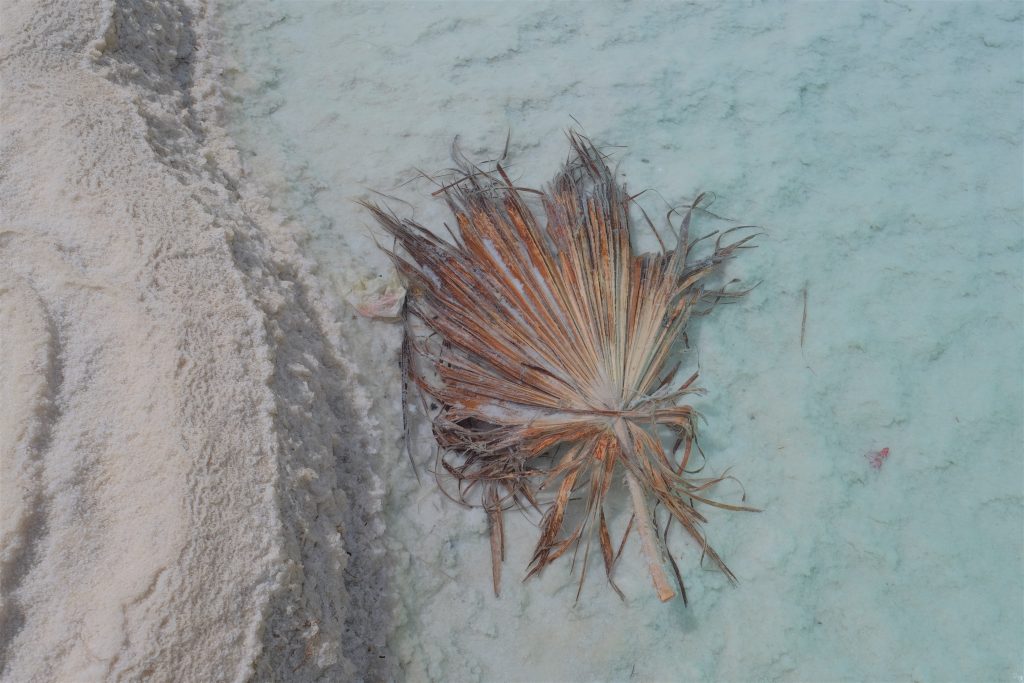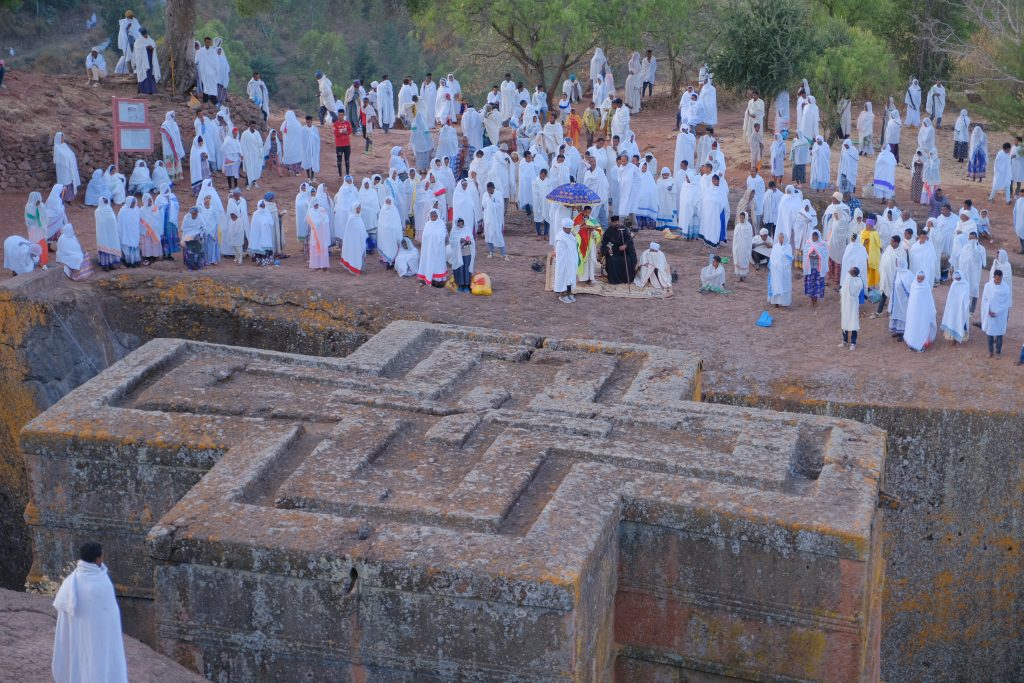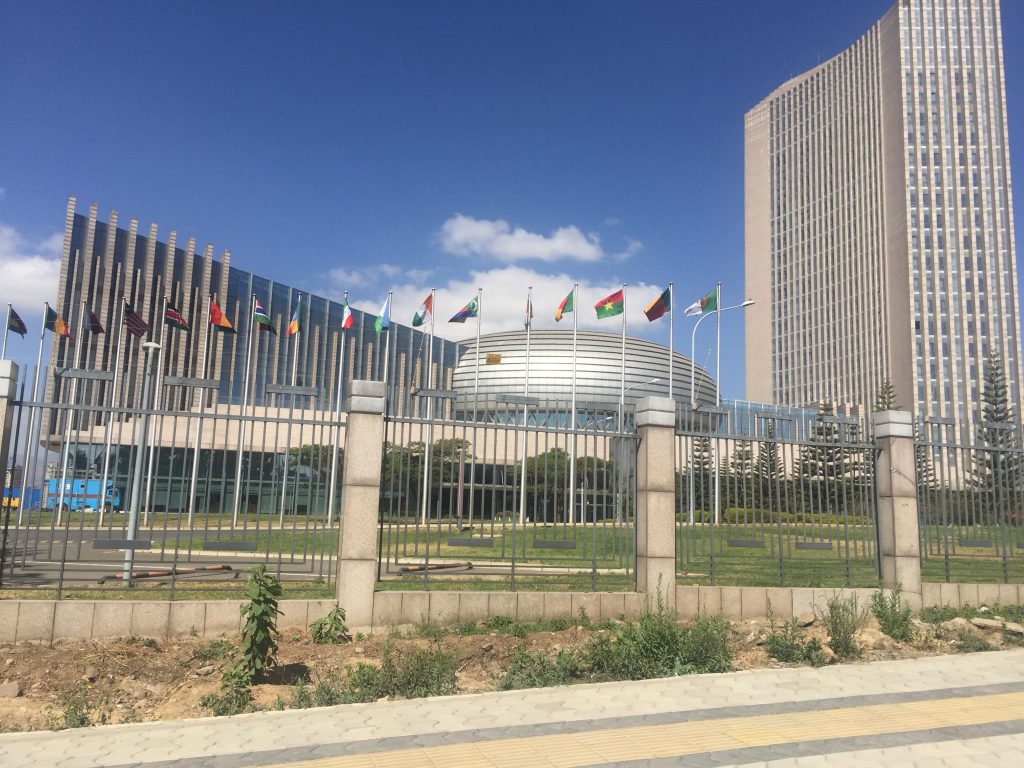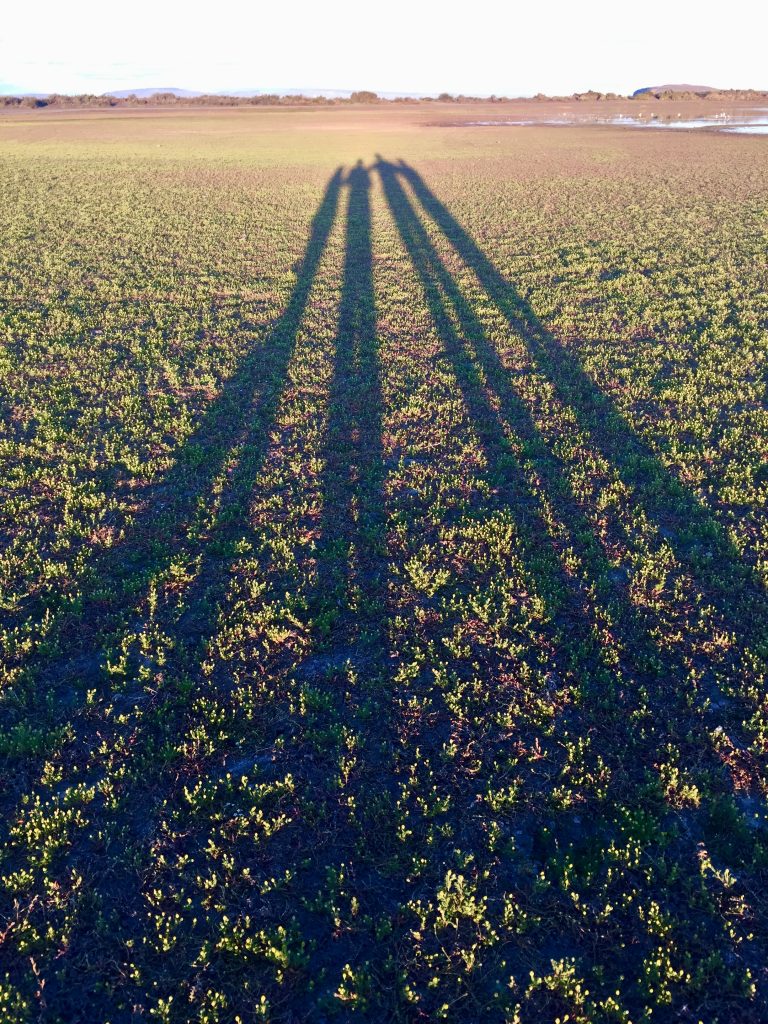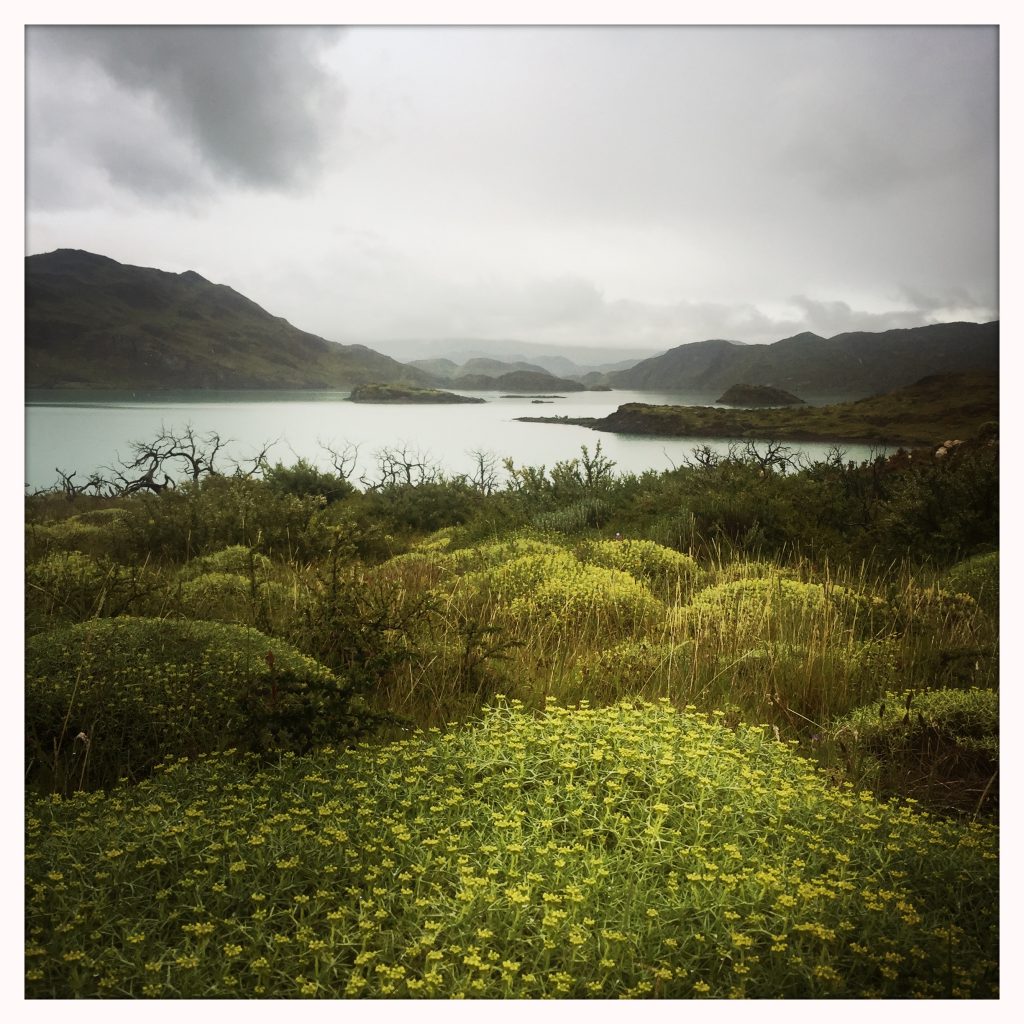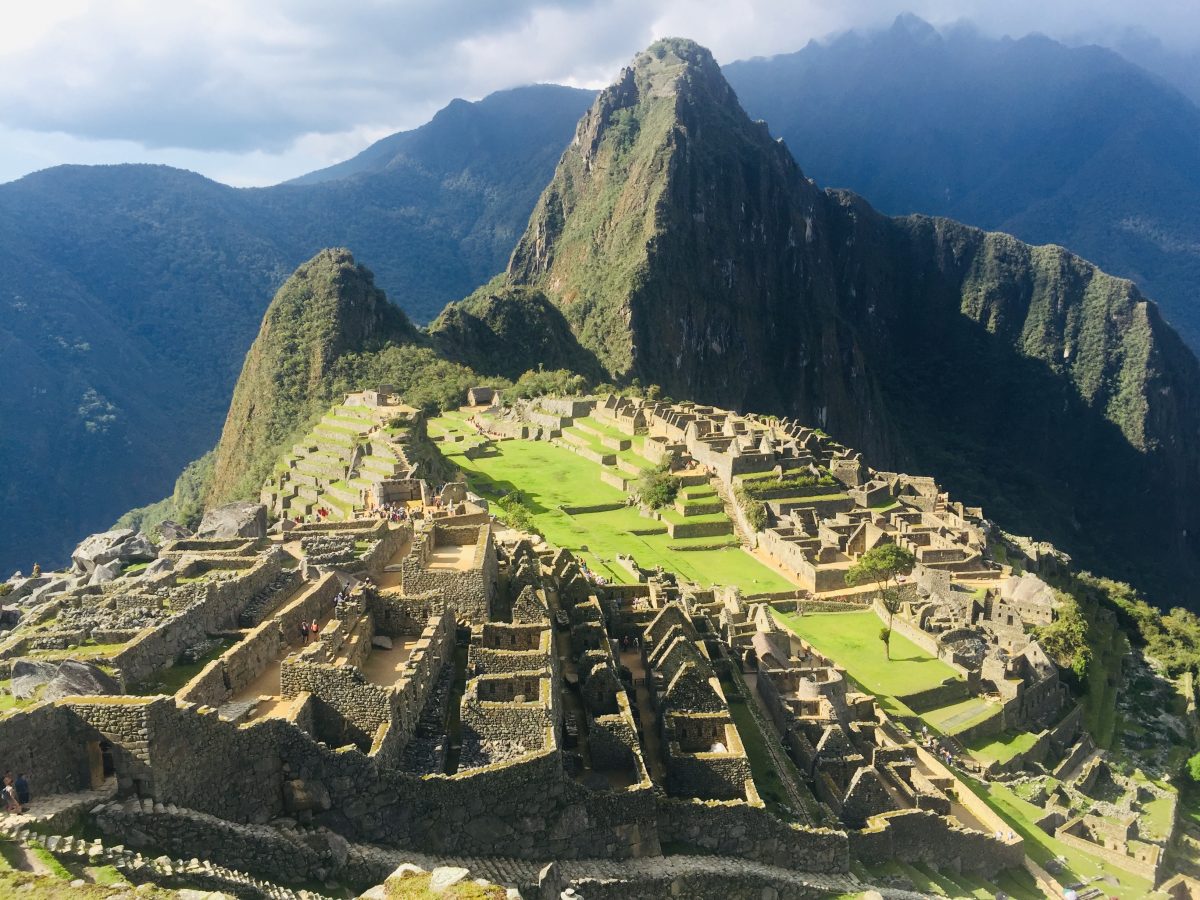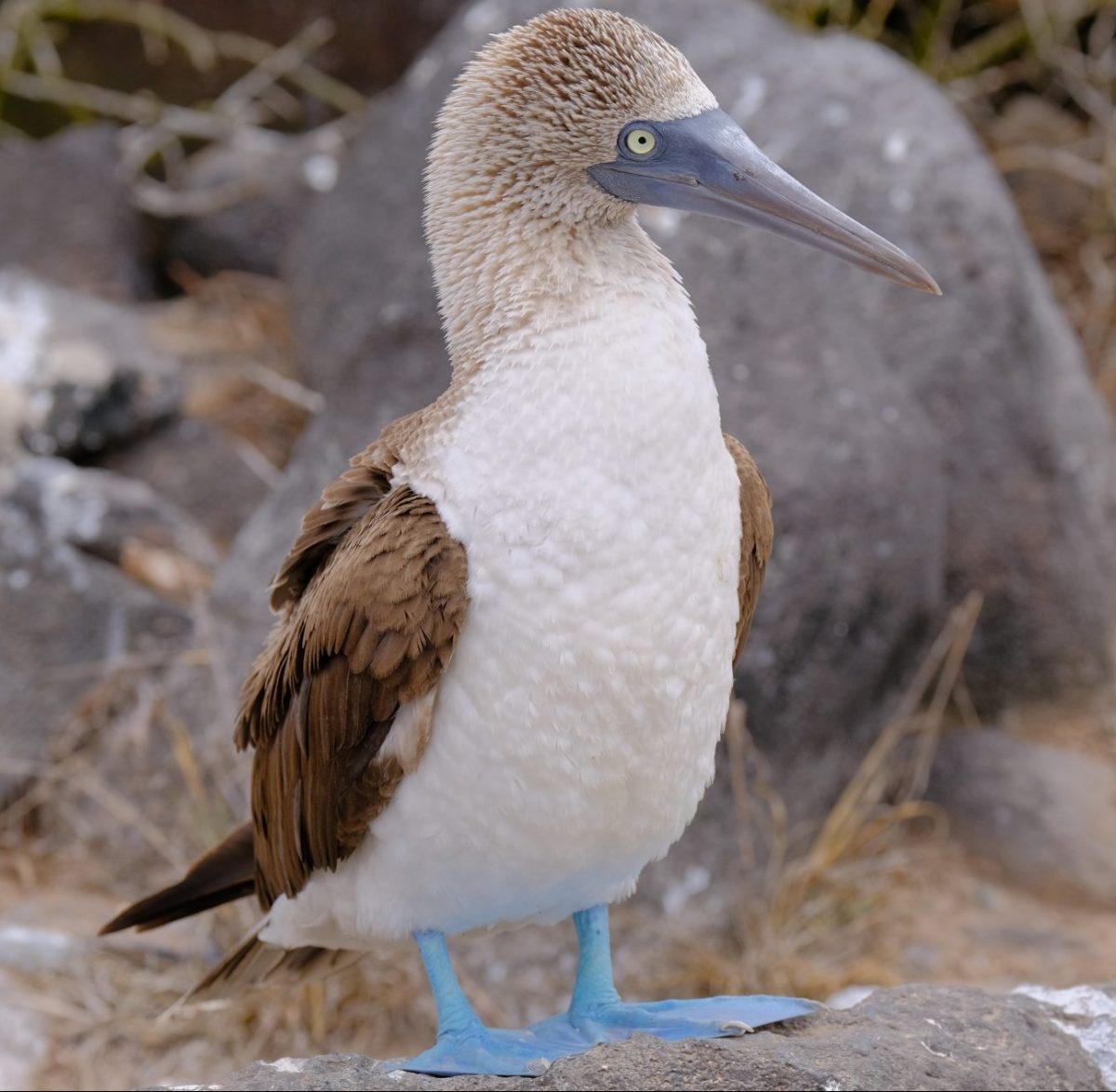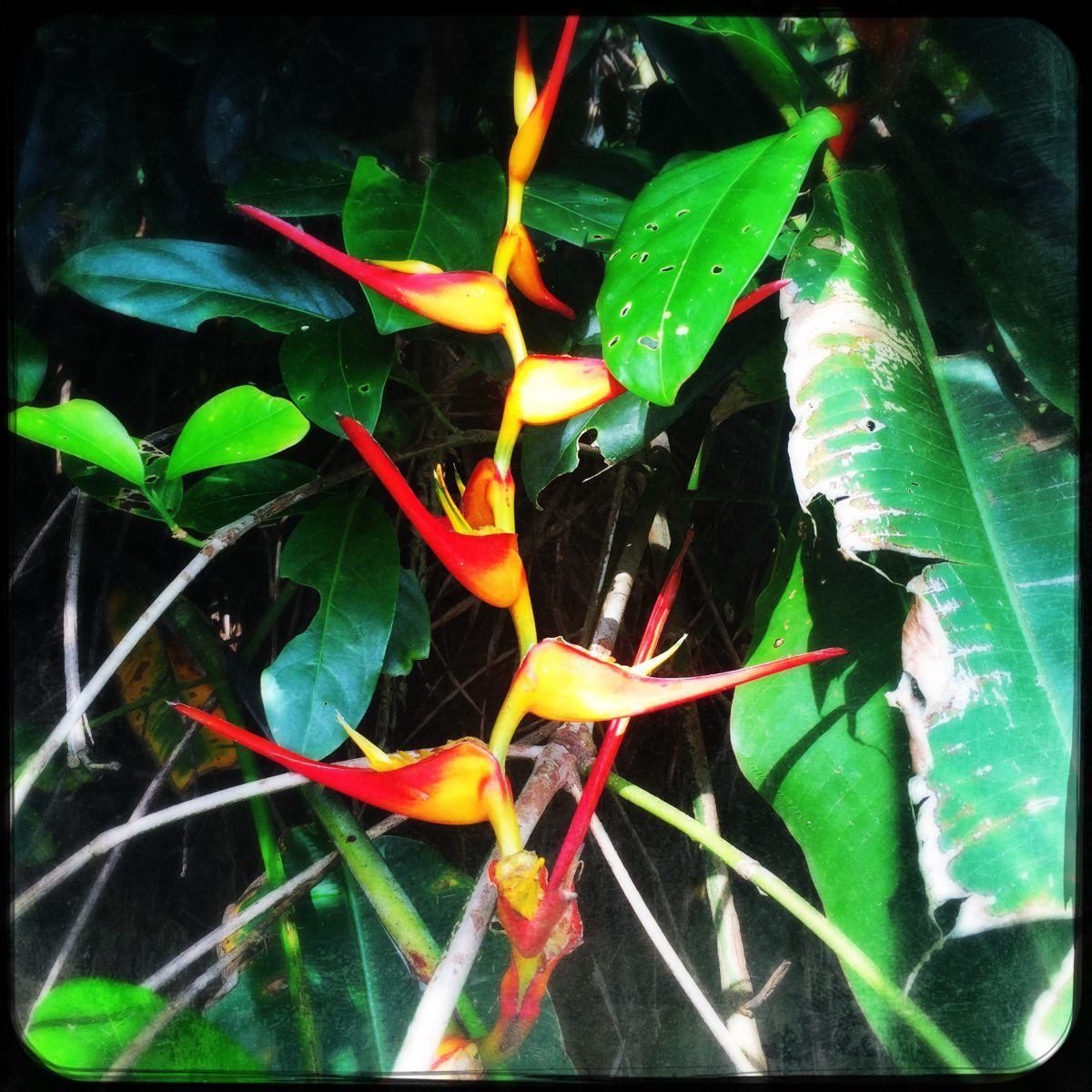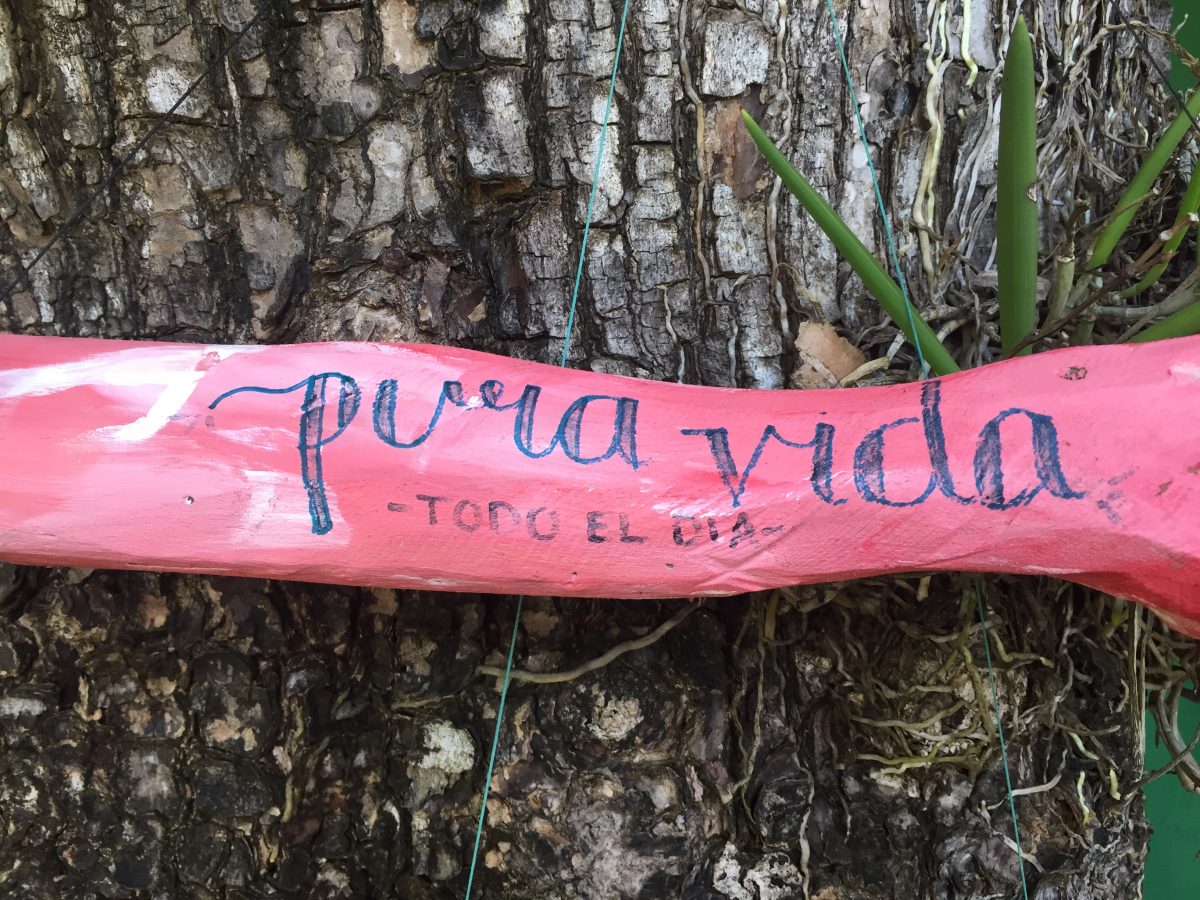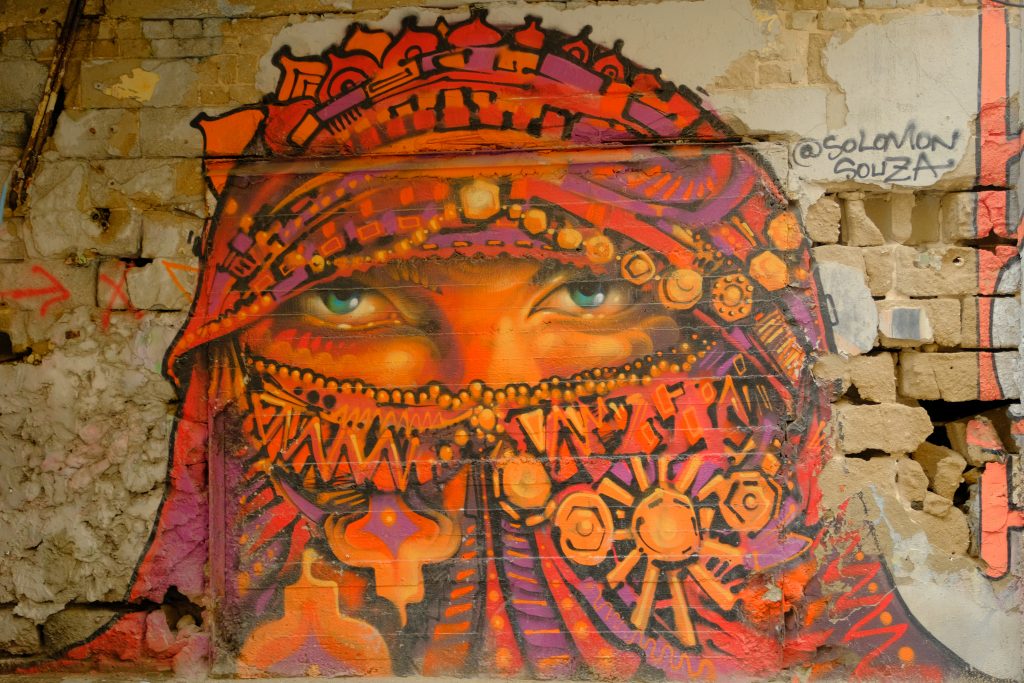
By Annelise
April 2020
The last ten days of our travels started with arrival in Tel Aviv to a nearly deserted international terminal one day before the country declared all future international travelers arriving would be required to maintain a 14-day quarantine. We planned to monitor ourselves for symptoms and see what we could see of this historical place that has a place in my history.
The next day we awoke in a comfortable studio apartment in the old Dalet neighborhood of Be’er Sheva near the Ben Gurion University. We commenced the usual 1st day routine of grocery shopping and trying to locate a local SIM card for my phone. The first task was pretty easy as I managed to my way to the same grocery store I used to go to 20 years ago in med school without google maps. The later proved more difficult because local prepaid SIM cards are considered pretty out-of-date in the tech advanced country. Be’er Sheva is unchanged and totally changed at the same time. The hideously uninspiring 1950s era stucco over cement block low-rises that stretch for blocks, with the derelict appearing water heaters on the roofs and pigeon dropping dripping down the outer walls, still line the entry to town and many of the main streets. The few cleaner esthetic Jerusalem stone apartment blocks that dotted the city decades ago have however multiplied in abundance giving the town a more updated feel and obscuring old landmarks just enough to leave me a bit disoriented. I was delighted to locate Glida Be’er Sheva which still has about 50 flavors of ice-cream, happily this time many were translated as my ability to read Hebrew has deteriorated severely. We paid a visit to MSIH and ran into Professor Glick riding up on his bike just as I recall first meeting him. He is completely unchanged even if he is now in his 80s and celebrating the addition of his 100th great grandchild to his family this year! My former Internal Med professor and research collaborator was at his desk as dean of curriculum. As we caught up, he mentioned how he had just recalled all the 4th years from their developing country rotations to get them back before the travel quarantine. I thought back to when our med school provided us with gas masks and instructions how to seal the bomb shelters in our apartments at the onset of the Iraq war and am grateful that this pandemic is less violent (though possibly will be more devastating in other ways)

To check off an outing on Siri’s list, we made an early start to the Dead sea and drove through rolling green hills until Arad and the final winding descent into the arid Negev desert. I love the stark geography here and memories of moonlight hikes in the desert drinking tea of scavenged herbs surfaced to mind as I kept my eyes on the road. Arriving early on a spring day the sunny beach at the Dead Sea was deserted so we got to break the quiet with our own giggles as we floated high in the hypersaline water. We got a kick out of standing up chest high without touching the bottom and realizing we were unsinkable at 400m below sea level. Afterwards we masked out bodies in dead sea mud until our hides felt crinkly then used the sea salt to scrub ourselves clean. A memorable spa-day.
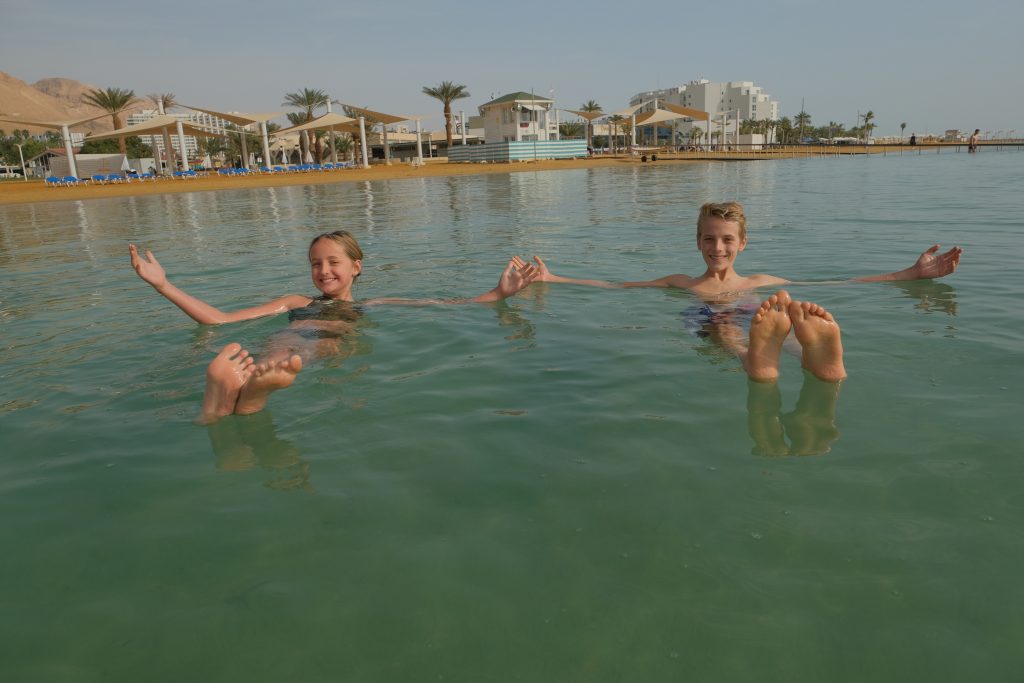
Along our way to Jerusalem we stopped at Beit Guvrin just as a light spring rain began to fall. This created a serene setting to walk the paths through poppies and wild tulips among ruins of the ancient town that dates to the Hasmonean Hellenistic period > 100 BCE. Spiraling stairs cut down into the white stone revealed elaborate dove cotes that attract rock doves to this day, the whir of their wings and coos echoing off the walls. The massive olive and wine presses, mill stones show how productive this agrarian town had once been. The hilltop town swelled to a city with a coliseum in Roman times and then back to a village over 2000 years through the Roman, Byzantine, early Islamic, Crusader, Ayyubid and Mamluk, finally Ottoman periods. The peacefulness of the place made our imaginations stretch to consider how busy life once was and at the same time appreciate that empires rise and fall – then nature takes over again.
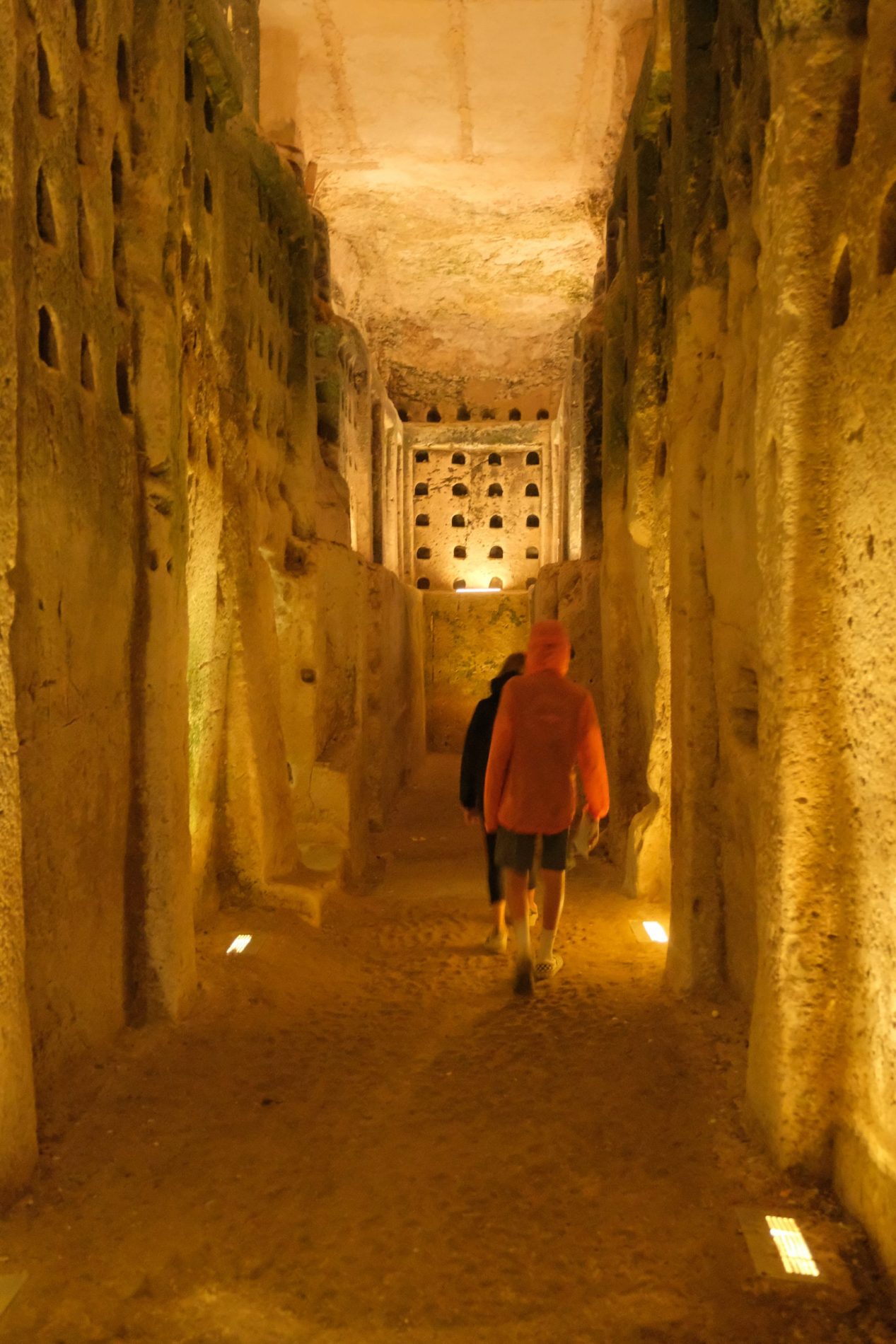
For our stay in Jerusalem we were glad to have a great location in the walking district off Yaffa street that leads directly to the Lion Gate of the Old city. We planned the weekend there as it would be interesting to see how those of Christian, Jewish and Islamic faiths prepare and share the sabbaths days in their holy city. Just before the weekend we chose to visit Yad Vashem and the Jewish Holocaust museum. It is an impressive place in every way, recounting and demonstrating the experience of the holocaust and events preceding from the Jewish perspective. Artifacts, photographs, media footage and video interviews lead you to empathize deeply with the near unfathomable cruelty, suffering and loss that occurred and witness how the world stood by. We felt and talked about our experience for days afterward while Jerusalem was quiet for Shabbat. We walked the ramparts alone in the sun and then dodged puddles along the Via De La Rosa in the rain until we wound our way to the Church of the Holy Sepulchre where pilgrims rubbed the stone on which it is believed Jesus’ body lay after being taken from the cross. Inside it feels like a crypt filled with chapels and sounds of chanted prayers from a processional. By the following day all museums and tours were closed across the country due to pandemic that was blatantly spreading across the globe. We visited the Western Wall and the Dome of the Rock, the streets of the old city and the souk were nearly still with only a few small shops open. As Shabbat came to a close the city did not really come back to life in the evening. It felt as if the shutdown had placed an extension on the rhythm of Shabbat. All remained quiet, and mostly closed.
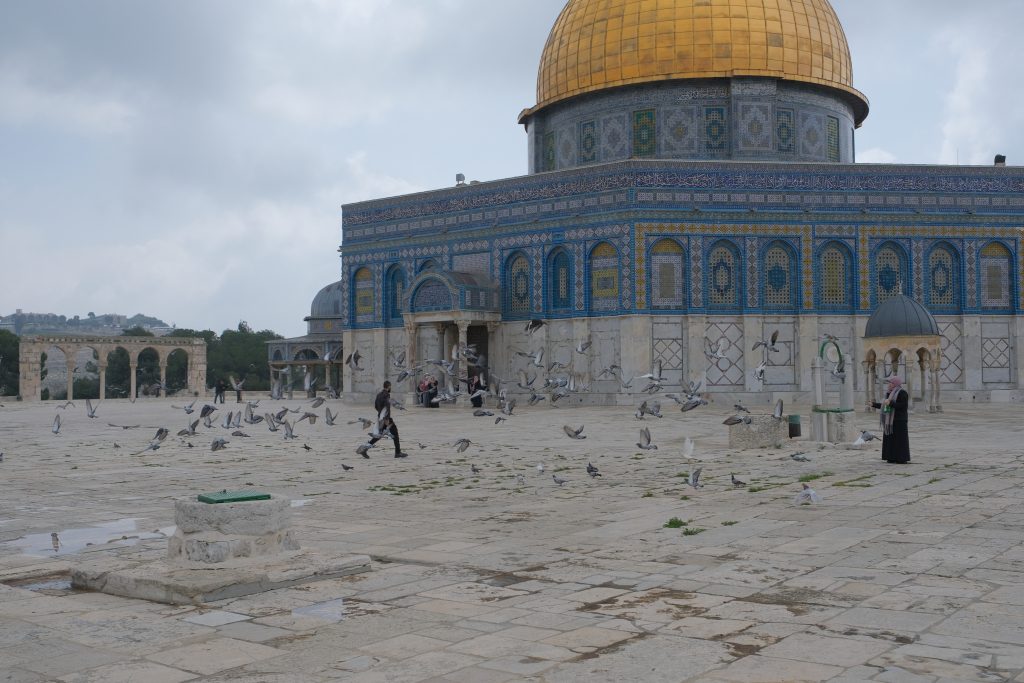
With borders closing ahead and behind us we understood further travel through Europe with the evolving Covid pandemic was not a possibility. I booked the last flight of our trip, Tel Aviv to San Francisco 15 hours Direct. Daily life had nearly ground to a halt. We left Jerusalem via Nazareth and Haifa to spend the last few days in Tel Aviv. The famous vibe and bustle was absent, and the beach speckled only with a few walkers, joggers kite surfers for the most part. A windy waterfront walk to the beautiful old town of Jaffo ended in drizzle without a cozy café or shop to tuck into, so we returned to our comfortable hotel room and prepared the final day of our travels. In the end we had one more hurdle to cross; when we packed into the rental car to drive back to the airport and the engine would not start. Not a fun time to be told a mechanic would come in 1-4 hours. With our nails a bit shorter we arrived at our terminal with plenty of time, even infamous airport security seemed to have gone on hiatus. The packed flight arrived early at SFO so we waited on-board until customs opened, then breezed through, grabbed our waiting bags and headed to the curb for our ride to my hometown where we would quarantine for 14 days at least.

I had previously been worried about the challenge of returning the US pace of our life when our travels would end. I have to say the quiet from the stay-home-stay-safe order has forced a slow transition for which I am grateful. I know this pandemic and the stay home orders are leading to serious struggle for so many around the world, especially those who already struggle more than their share. As the pandemic sheds a harsh light on the inequities and failures of our societies, I pray that this forced pause allows for a sort of reset in the way our world and national governance considers priorities to support the health and well-being of all people and the singular globe we live on. As we had just seen, empires rise and fall, societies can change and adapt, edifices even built of stone succumb to nature. I am still filtering through how these past seven months traveling together through different cultures and landscapes affected me and our family. For now, each day I walk out into this green world with gratitude and reflect on how I want to live my one wild and precious life in this world.
